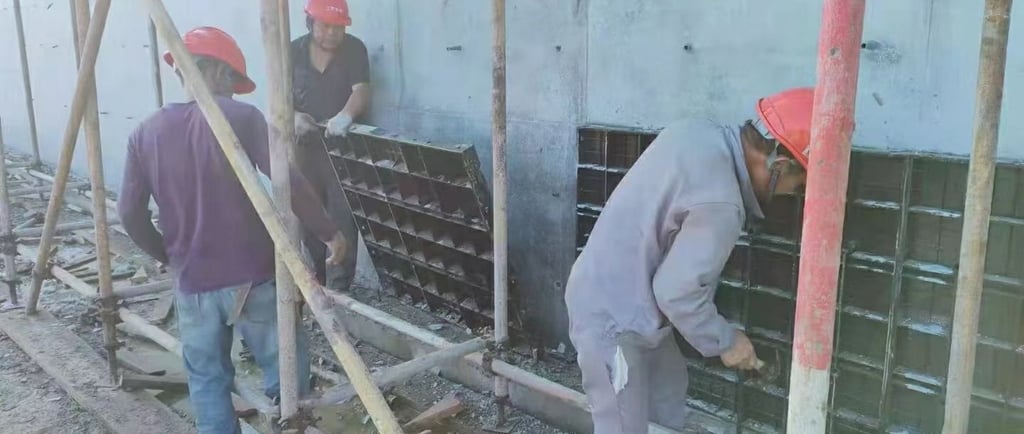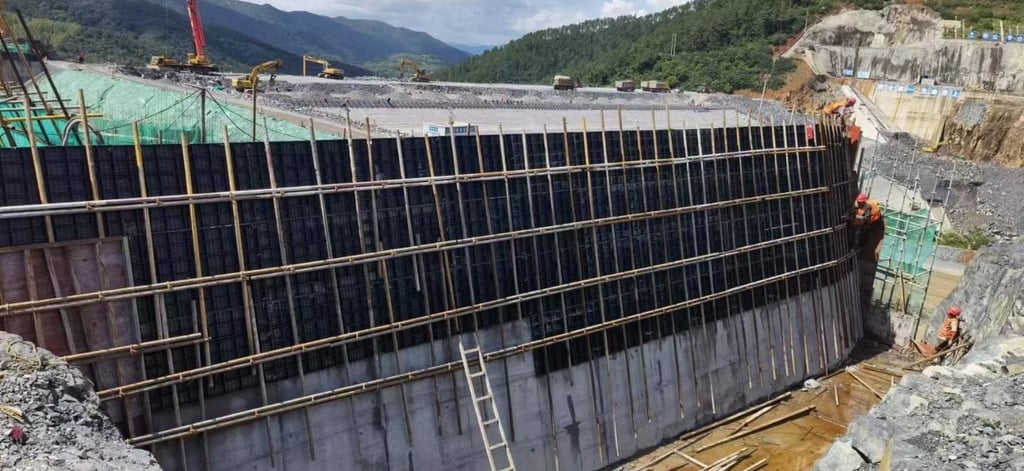Get cost-effective formwork solutions today!
What is plastic formwork ?
Plastic formwork refers to a type of temporary structure made primarily from high-quality plastic materials, such as polypropylene (PP), or a combination of these with other additives
11/5/20253 min read


In the dynamic field of construction, the search for efficient, cost-effective, and sustainable building materials has led to the development of various innovative solutions. Among these, plastic formwork has emerged as a game-changer, revolutionizing the way concrete structures are shaped and built. But what exactly is plastic formwork?
Plastic formwork refers to a type of temporary structure made primarily from high-quality plastic materials, such as polypropylene (PP), polyethylene (PE), or a combination of these with other additives. Its main function is to provide a precise mold for pouring concrete, ensuring that the concrete takes on the desired shape, size, and surface finish as it cures. Unlike traditional formwork materials like wood, steel, or plywood, plastic formwork is designed to be lightweight, durable, and reusable, addressing many of the limitations of conventional options.
One of the key characteristics of plastic formwork is its exceptional durability. High-quality plastic materials used in its production are resistant to water, corrosion, and chemical damage, which means they can withstand harsh construction site conditions without deteriorating. This durability translates to a long service life. While wooden formwork may need to be replaced after just a few uses due to warping, rotting, or wear, plastic formwork can be reused dozens, even hundreds of times, depending on the quality of the material and proper maintenance. This reusability not only reduces the frequency of formwork replacement but also minimizes waste generation, making it a more environmentally friendly choice.
Lightweight is another significant advantage of plastic formwork. Compared to steel formwork, which is heavy and requires heavy machinery or a large number of workers to handle and install, plastic formwork is much easier to transport, carry, and assemble. This lightweight nature not only saves time and labor costs during the construction process but also reduces the physical strain on workers, improving overall construction site safety and efficiency. For example, a single worker can easily carry and install small to medium-sized plastic formwork panels, whereas steel panels of the same size would require multiple workers or the use of cranes.


In terms of versatility, plastic formwork excels. It can be manufactured in a wide range of shapes, sizes, and designs to meet the diverse needs of different construction projects. Whether it is for building walls, columns, beams, slabs, or even complex curved structures, plastic formwork can be customized to fit the specific requirements. Additionally, plastic formwork has a smooth surface, which imparts a high-quality finish to the concrete structure. This eliminates the need for additional plastering or finishing work after the formwork is removed, saving both time and material costs.
However, it is important to note that plastic formwork also has some limitations. For instance, it has lower load-bearing capacity compared to steel formwork, so it may not be suitable for large-scale or high-load concrete structures without additional support.circular concrete formwork. Also, in extremely high-temperature environments, some types of plastic formwork may soften or deform, affecting the quality of the concrete structure. Therefore, when choosing plastic formwork, construction professionals need to carefully consider the specific conditions of the project, such as the type of concrete structure, the expected load, and the environmental conditions, to select the most appropriate type and specification.
In recent years, with the growing emphasis on sustainable construction and the increasing demand for efficient building methods, the use of plastic formwork has been on the rise. Manufacturers are constantly improving the quality and performance of plastic formwork, developing new materials and designs to overcome its limitations. For example, some new types of plastic formwork are reinforced with fiberglass or other materials to enhance their load-bearing capacity and heat resistance.
In conclusion, plastic formwork is a versatile, durable, and environmentally friendly alternative to traditional formwork materials. Its lightweight, reusability, and ability to provide a high-quality concrete finish make it a valuable asset in modern construction. While it has certain limitations, ongoing advancements in technology are continuously expanding its application scope. As the construction industry continues to evolve, plastic formwork is expected to play an even more important role in shaping the future of building construction.
